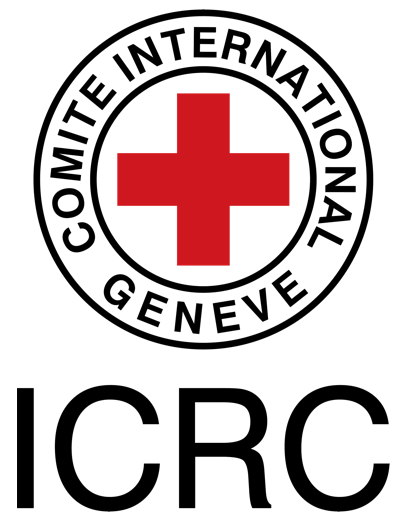Geriatric Depression Scale
Original Editor - Carina Therese Magtibay
Top Contributors - Carina Therese Magtibay, Tolulope Adeniji and Lucinda hampton
Objective[edit | edit source]
The Geriatric Depression Scale (GDS) is a patient-reported outcome measure created by Yesavage et al. in 1982 to screen for depressive symptoms among older adults.[1][2] The GDS is a multidimensional, multidisciplinary diagnostic and therapeutic activity that helps find patients at risk of/with depression.[3]
Depression is a serious and prevalent condition amongst older people. Depression in the elderly often overlooked and missed in assessment, delaying treatment and leading to possible harmful consequences. A robust tool that screens for depression can be an invaluable tool[3].
Originally, this screening tool has 30 items, but several shorter versions were also developed: GDS 15, GDS 10 and GDS 4.
Intended Population[edit | edit source]
The scale is intended for the geriatric population (aged 60 years or more). It can be used for healthy, medically ill, and cognitively impaired older adults.[4]
Method of Use[edit | edit source]
Equipment required: Questionnaire and pen
Instructions: Choose between yes or no regarding how you felt over the past week
Scoring:
GDS 30
- 0 - 9 = Normal
- 10 - 19 = Mild Depression
- 20 - 30 Severe Depression
GDS 15
- 0-4 = Normal
- 5-8 = Mild Depression
- 9-11 = Moderate Depression
- 12-15 = Severe Depression
Evidence[edit | edit source]
Reliability[edit | edit source]
- Studies reported GDS 30 and GDS 15 to have excellent internal consistency, both having Cronbach alpha coefficient of 0.92.[5][6]
- Limited studies are found about GDS 10 and GDS 4. Further research is needed to establish the reliability of these shorter forms.
Validity[edit | edit source]
In a 2020 systematic review and meta-analysis, all versions of GDS were found to be useful for determining depression among older adults:[1]
| GDS version | Sensitivity | Specificity |
|---|---|---|
| GDS 30 | 82% | 76% |
| GDS 15 | 86% | 79% |
| GDS 10 | 87% | 75% |
| GDS 4 | 74% | 71% |
Links[edit | edit source]
References[edit | edit source]
- ↑ 1.0 1.1 Krishnamoorthy Y, Rajaa S, Rehman T. Diagnostic accuracy of various forms of geriatric depression scale for screening of depression among older adults: Systematic review and meta-analysis. Archives of Gerontology and Geriatrics. 2020 Mar 1;87:104002.
- ↑ Stone LE, Granier KL, Segal DL. Geriatric depression scale. In Encyclopedia of gerontology and population aging 2022 May 24 (pp. 2112-2119). Cham: Springer International Publishing.
- ↑ 3.0 3.1 Ju Y, Liu T, Zhang K, Lin X, Zheng E, Leng J. The relationship between Comprehensive Geriatric Assessment parameters and depression in elderly patients. Frontiers in Aging Neuroscience. 2022;14.Available: https://www.frontiersin.org/articles/10.3389/fnagi.2022.936024/full Accessed 26.4.2023
- ↑ Yesavage JA, Brink TL, Rose TL, Lum O, Huang V, Adey M, Leirer VO. Development and validation of a geriatric depression screening scale: a preliminary report. Journal of psychiatric research. 1982 Jan 1;17(1):37-49.
- ↑ Durmaz B, Soysal P, Ellidokuz H, Isik AT. Validity and reliability of geriatric depression scale-15 (short form) in Turkish older adults. North Clin Istanb. 2018 Sep 1;5(3):216-20.
- ↑ Ertan FS, Ertan T, Kızıltan G, Uygucgil H. Reliability and validity of the Geriatric Depression Scale in depression in Parkinson’s disease. Journal of Neurology, Neurosurgery & Psychiatry. 2005 Oct 1;76(10):1445-7.






